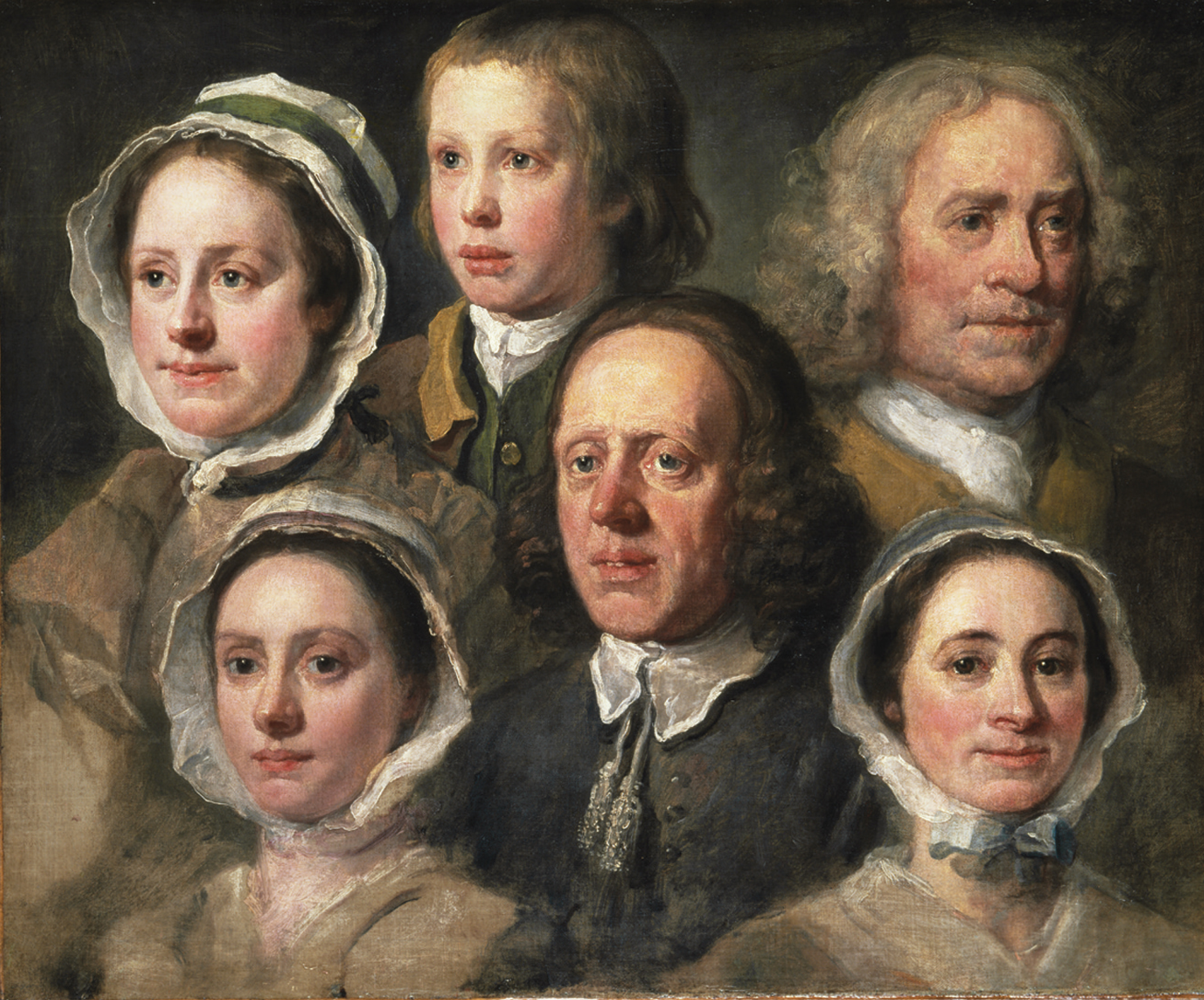The American Promise:
Printed Page 64
Chapter Chronology
SEEKING THE AMERICAN PROMISE
The Gamble of Indentured Servitude
Anne Orthwood sailed out of her native Bristol, England, in September 1662, shortly after her twenty-third birthday. Her mother, Mary, had moved there in 1640 to escape the humiliation of giving birth to Anne out of wedlock, and in Bristol she had a second daughter, also illegitimate. Mary never married. Anne and her sister grew up with the stigma of being bastards, a shameful and degraded status at a time when the vast majority of children were born to married couples.
Bristol was a thriving seaport, second only to London in its overseas trade, but poor unmarried women—especially those like Mary, with two illegitimate daughters—had little hope to share in the city’s commercial prosperity. Instead, they usually worked at menial jobs such as domestic servant or washerwoman. The continual arrival and departure of ships, sailors, merchants, passengers, and cargoes of all kinds from throughout the Atlantic world made Bristol a hub of information and gossip that Anne could not have avoided. She probably heard that in Virginia jobs were plentiful and workers were few. Hundreds of people sailed from Bristol to Virginia every year, five hundred in 1662 alone, most of them poor young men who agreed to become indentured servants. Anne probably also heard about the shortage of women in Virginia, along with the tantalizing news that, as one promoter declared, if women “come of an honest stock and have a good repute, they may pick and chuse their Husbands out of the better sort of people.” The promise of both work and matrimony proved irresistible to Anne, especially compared to the gloomy prospect of staying in Bristol. In August 1662, Anne signed an indenture to a ship’s surgeon who agreed to pay her way to Virginia in exchange for her consent to work for four years as a servant.
Anne arrived in Virginia late in the fall of 1662, and the surgeon quickly sold her indenture—and thus her—to William Kendall, a wealthy planter and prominent official on Virginia’s Eastern Shore. Kendall himself had come to Virginia as a servant in 1650, but unlike Anne, he was from a respectable family and had received a valuable education as a merchant’s clerk. When he became free in 1654, he prospered, thanks in large part to his good fortune in marriage. Kendall married a wealthy widow in Virginia, and after she died, he married another wealthy widow, helping him amass more than 25,000 acres of land. When Anne joined Kendall’s household, some twenty people lived there, including seven or eight servants, two slaves, a free black man, and numerous relatives, among them a nephew, John Kendall.
Like Anne, John Kendall had recently arrived in Virginia from England, was in his early twenties, and was unmarried. We cannot know whether Anne thought John was one of the “better sort of people” she might marry, but it appears that she and John felt a mutual attraction. William Kendall had no intention of allowing his nephew to get mixed up with a lowly servant woman, and a bastard at that. His own experience confirmed that marrying upward was the path to prosperity in Virginia. About eight months after Anne became his servant, William Kendall decided to separate her and John by selling Anne’s indenture—and thus her—to a tenant farmer named Jacob Bishop, who lived several miles away.
As young people will, Anne and John found a way to get together. Anne accompanied Bishop when he went to conduct legal business at court, held at a local tavern, as was customary at the time. While there, on Saturday night and Sunday, November 28 and 29, 1663, she met John Kendall, and they had sex. “Three tymes She thought hee had to doe with her,” Anne later testified, “but twice She was Certaine.”

English Servants This collective portrait of English servants painted by William Hogarth in the mid-eighteenth century features three young women who perhaps somewhat resembled indentured servant Anne Orthwood, who had immigrated to Virginia nearly a century earlier. No likeness of Orthwood exists. Unlike Orthwood, most servants who came to the Chesapeake during the seventeenth century were young boys, like the boy depicted here at top center. Tate Gallery, London/Art Resource, NY.
John impregnated Anne. We do not know whether Anne hoped that John would buy her indenture, free her, and marry her, but she probably did. She refused to say who was responsible for her condition; her silence suggests that she hoped John Kendall would step forward and rescue her. But he did not. She finally identified John as the father when a midwife quizzed her during the rigors of giving birth to twin boys. One baby died shortly after birth, as did Anne. Her other son, whom she named Jasper, was indentured as an infant to a Virginia planter and, after twenty-two years of servitude, became a free man. John Kendall never acknowledged Jasper as his son, but he did follow his uncle William’s advice and married a wealthy widow.
Like so many other Virginia colonists, Anne found an early grave rather than the work, marriage, and respectability she craved. She gambled her freedom for the promise of a better life in Virginia, and she lost. Other former servants gambled and won, grandly like William Kendall or modestly like Anne’s son Jasper.
Questions for Consideration
- How did family relationships and popular assumptions about them influence Anne Orthwood? How did they influence John Kendall?
- How did Anne Orthwood’s experiences reflect the risks and opportunities confronted by other female and male servants?
What laws and practices governed the lives of indentured servants in the Chesapeake?
